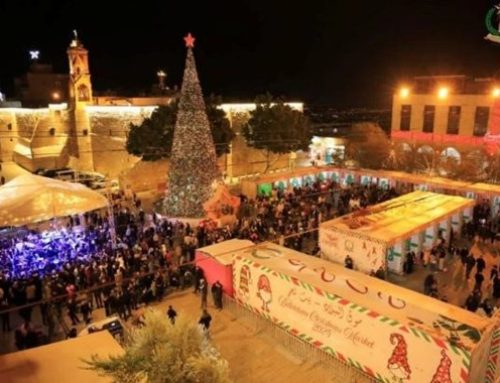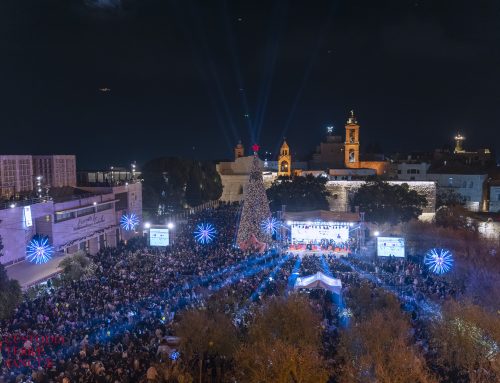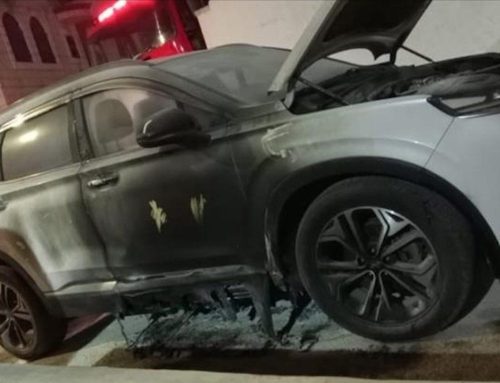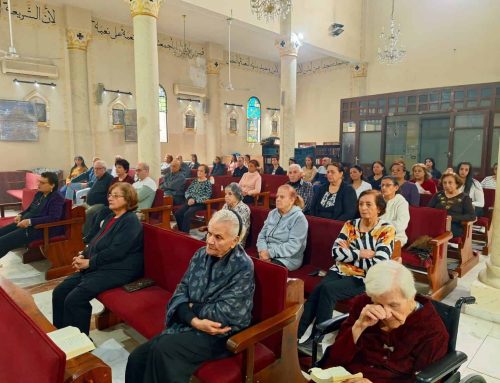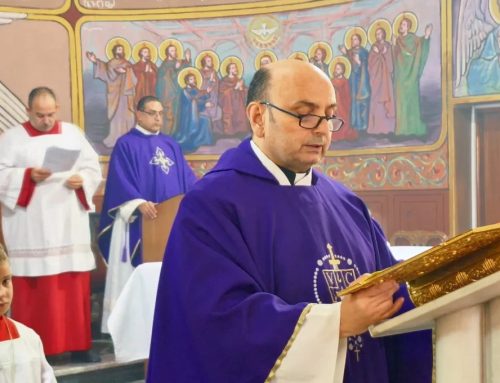The road from Damascus to Aleppo offers a glimpse of the martyrdom that Syria has endured over the past decade.
Leaving the city, travelers see abandoned barracks blackened by flames, torn and burned posters of Bashar al-Assad overshadowed by new national flags, military vehicles riddled with bullets along the highway, and entire suburbs reduced to rubble.
This grim scenery continues near Hama, where local factories have closed, and many facilities lie in ruins.
The outskirts of Homs are dotted with deserted villages, save for a few camps of displaced persons. The same is true for the Idlib countryside, where the devastation is compounded by the ruins left by the 2023 earthquake.
Finally, after sporadic checkpoints manned by a few bored militiamen, lies Aleppo, burdened with pain and suffering.
‘The new Syria is still in gestation’
On Sunday, Cardinal Claudio Gugerotti, Prefect of the Dicastery for the Eastern Churches and the Pope’s envoy, arrived in what was once the third-largest Christian city in the Arab world, home to over 300,000 Christians from a dozen different denominations. Today, fewer than 30,000 remain.
“The new Syria is still in gestation,” he told Latin-rite faithful gathered in the large Church of Saint Francis. “But when it is born, it will need a good midwife, and that is a task for Christians.”
The Cardinal acknowledged the immense difficulties and uncertainties Christians of all denominations face, but he stressed that their fears must not lead to paralysis. Syrian Christians must do everything possible to secure a role as equals with other citizens and find ways to contribute to building a new nation, he said.
Cardinal Gugerotti shared Pope Francis’ closeness with the Syrian faithful. “Being one body,” he said in his Sunday homily, “means that all members have equal importance. There can be no selfishness; this is the essence of being Christian.”
Meeting the mother of a kidnapped priest
Following the Eucharistic celebration at the Franciscan-run church, the Pope’s envoy met with the family members of a priest kidnapped in 2012, who subsequently disappeared along with a Greek Orthodox priest who was traveling with him.
The mother of the kidnapped priest tearfully recounted her anguish, expressing the despair of someone unable to even mourn her son’s body. For her, the only hope for a new Syria lies in having a grave where she can lay a flower.
The suffering endured by the local population was also visible at a meeting with the sisters of a nun from Aleppo, who was killed by a missile at the start of the war.
The return of refugees
At the Franciscan convent, the Prefect of the Dicastery for the Eastern Churches concluded the day with a meeting with Italy’s ambassador, Stefano Ravagnan, and the UN High Commissioner for Refugees, Filippo Grandi.
Since December 8, according to the UNHCR chief, refugees have begun returning to Syria. So far, at least 210,000 have returned from neighboring countries, and approximately 600,000 internally displaced persons have been able to return to their homes.
“Now,” said the High Commissioner, “is the time for the international community to take risks to support the transition process and normalize the country.”
The Cardinal also exchanged greetings with Filippo Grandi, emphasizing the need for coordinated efforts to rebuild lives and restore hope to Syria’s people.
By Stefano Leszczynski – Aleppo | VaticanNews


